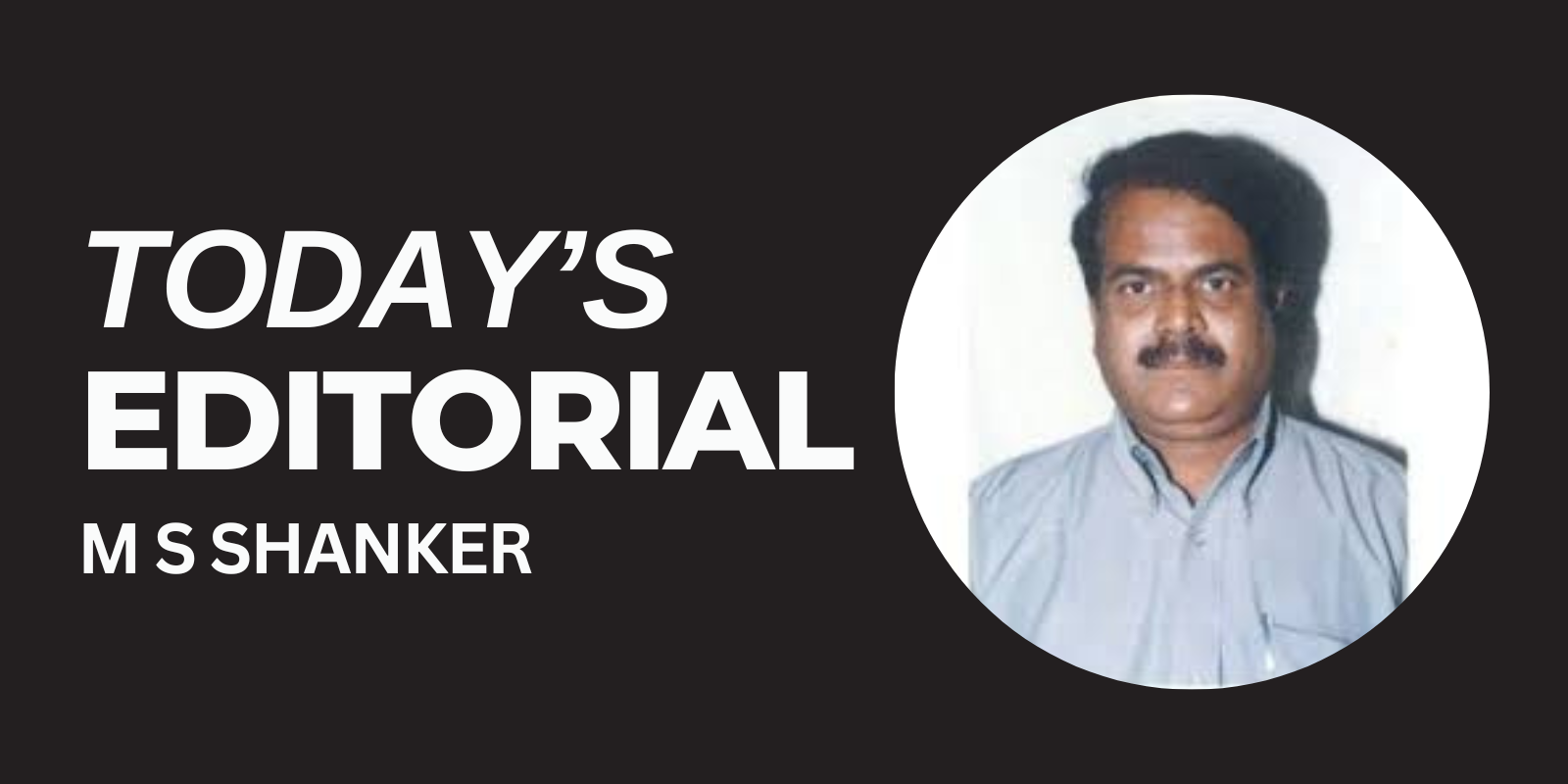The Supreme Court of India’s suggestion to amend the POSCO Act by replacing the term “child pornography” with “child sexual exploitative and abuse material” (CSEAM) is a landmark move that deserves immediate attention. This is not just a linguistic adjustment but a bold step toward addressing the gravity of crimes against children. When the country’s highest court emphasizes such a change, it’s not merely an option; it is a directive that commands both respect and action. The Court, through a bench headed by Chief Justice D.Y. Chandrachud and Justice J.B. Pardiwala, highlighted that using the term “child pornography” minimizes the heinousness of the crime and the trauma suffered by child victims. The term “pornography” generally refers to consensual sexual acts between adults, which dilutes the severity of non-consensual acts of exploitation involving children. Referring to child exploitation with the same word applied to adult consensual activities undermines the true criminal nature of these offenses. It is akin to trivializing the sexual abuse and exploitation of children, which is wholly unacceptable. The Supreme Court’s recommendation comes with an important message for the government, led by Prime Minister Narendra Modi, and the Opposition, which often finds itself at odds. This is not the time for political wrangling. The upcoming Parliament session provides the perfect opportunity to address this issue, which is fundamental to safeguarding children from exploitation. The Court’s suggestion isn’t merely rhetorical; it comes with the authority of the apex judicial body of the country. If ever there was a moment for Parliament to demonstrate unity and moral clarity, this is it. What further strengthens this call is the Court’s interim recommendation for the Centre to consider issuing an ordinance to bring this change into immediate effect. This shows the urgency behind the Court’s concern, a signal that the gravity of the situation requires a prompt legal response. The Supreme Court has made it clear that until the law is formally amended, courts across the country must refrain from using the term “child pornography” and should adopt “child sexual exploitative and abuse material” in its place. This directive sets a precedent, making it clear that the outdated term has no place in today’s legal lexicon. One might wonder why such a semantic change is so significant. It is essential to recognize that the language used in legal contexts shapes public perception and the broader understanding of crimes. The term “child sexual exploitative and abuse material” accurately conveys the horrific reality behind these crimes. These materials are not mere pornography; they are digital records of children being abused, violated, and exploited. By calling it what it truly is, the law acknowledges the full extent of the crime and sets the stage for harsher, more appropriate legal consequences.

Failure to make this change risks normalizing the language that trivializes child exploitation. For years, the term “child pornography” has misled the public, implying a sense of mutual consent, which could not be further from the truth. This isn’t just about words; it’s about ensuring that society, the judiciary, and the government all recognize the horrifying nature of these acts. The Supreme Court, as the custodian of justice, is pushing for a paradigm shift in how we view and treat these crimes in our legal system. Furthermore, by endorsing the use of “CSEAM,” the Supreme Court compels us to focus on the victim, the child who has suffered unimaginable abuse. It’s a legal and moral obligation to call these crimes by their proper name, reflecting the seriousness with which we must confront them. This shift also underlines the responsibility of the government and lawmakers to treat crimes involving children with the utmost gravity, ensuring that perpetrators face stringent penalties. The Supreme Court’s intervention is not just a wake-up call for lawmakers but also for society at large. The Court has done its part by recognizing and rectifying a critical flaw in our legal terminology. Now it’s time for Parliament to follow through. Lawmakers must act swiftly and decisively to bring this amendment into law, ensuring that our legal language no longer belittles the suffering of child victims. The Modi government, along with the Opposition, must rally around this cause, transcending partisan differences for the sake of justice and child welfare. Hence, when the country’s highest judicial authority recommends a change of this magnitude, it is not to be taken lightly. The Supreme Court has done more than suggest a linguistic update; it has pointed out a moral and legal failing that must be addressed urgently. The ball is now in Parliament’s court. The language we use matters, and in this case, changing it is the first step toward ensuring that crimes against children are met with the full force of justice.






